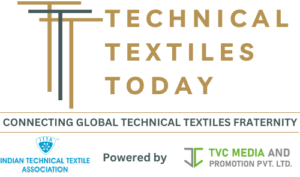
The global glass fiber textiles market is on a significant growth trajectory, projected to rise from USD 8.5 billion in 2023 to USD 12.5 billion by 2032, reflecting a CAGR of 4.2%. This surge is driven by the global demand for high-performance, lightweight, and sustainable materials across key industries such as construction, automotive, aerospace, electronics, and renewable energy.
Strength Meets Sustainability
Renowned for their high tensile strength, thermal resistance, and corrosion durability, glass fiber textiles are enabling innovations in product design and performance. From reinforcing concrete in buildings to enhancing fuel efficiency in vehicles and improving insulation in electronics, these versatile materials are reshaping industrial standards.
Diverse Applications, Growing Demand
Woven glass fiber textiles dominate structural applications due to their strength and rigidity, while non-woven variants are ideal for filtration and insulation, especially in marine and electronics sectors. Customized specialty fabrics are also emerging to meet application-specific needs.
Asia Pacific Leads the Market
Asia Pacific is the largest and fastest-growing regional market, driven by rapid urbanization and industrialization, particularly in China, India, Japan, and South Korea. North America and Europe also show strong growth, with established automotive and aerospace sectors and a focus on sustainability and renewable energy.
Opportunities & Challenges
While opportunities abound in various sectors, competition from alternatives like carbon fiber and natural fiber composites is intense. Glass fiber textiles offer a cost-effective, eco-friendly solution with low embodied energy, making them attractive for green initiatives. Manufacturers must continually innovate to stay ahead.
Key Players & Market Dynamics
Major players such as Owens Corning, Saint-Gobain, Jushi Group, PPG Industries, and Nippon Electric Glass Co., Ltd. are leading the charge with strategic investments in R&D, product development, and global expansion. These companies are enhancing capabilities and forging partnerships to meet rising demand and evolving customer needs.
Why It Matters
Glass fiber textiles are pivotal to the future of sustainable infrastructure, transportation, and energy. Their relevance spans critical industries, offering long-term value for businesses, consumers, and the environment alike.
